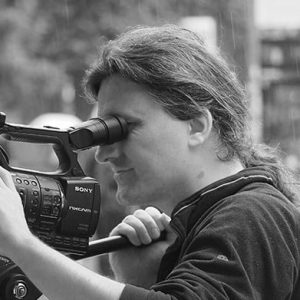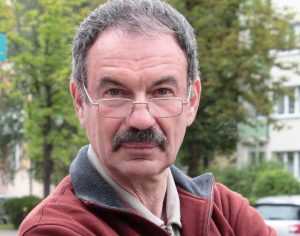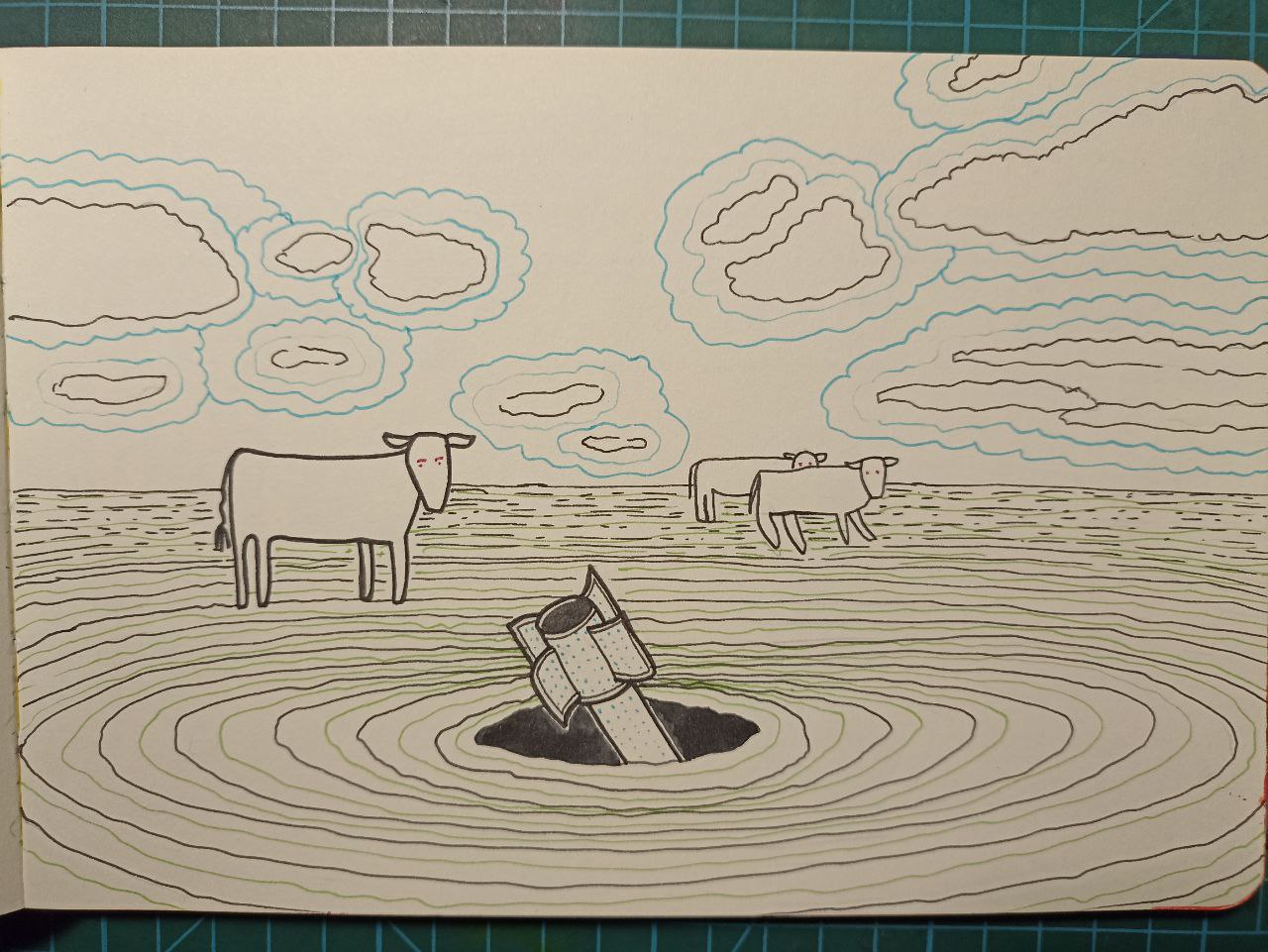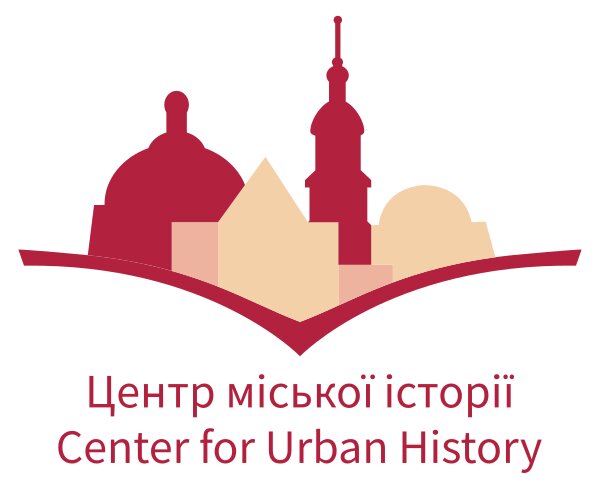Dream Sequences in War Films
Dr. Billy Glew
Lancaster University26.10.2022, 18:30
online / zoom
We invite you to the seminar "Dream Sequences in War Films" which is part of the program series "Source as a Choice."
During the seminar, Dr. Billy Glew will discuss dream sequences and how they allow filmmakers to convey a rich variety of emotions and narrative information to the audience which can otherwise be difficult to express.
Film dream sequences can divulge the internal, repressed emotions of protagonists (The Passion of Anna, Ingmar Bergman, 1969) and private memories or thoughts which would not be spoken when awake (The Discreet Charm of the Bourgeoisie, Luis Bunuel, 1972). Dreams can reveal repressed or forgotten information, allowing both the film's protagonist and the audience to piece together vital clues to solve a mystery (Before I Go to Sleep, Rowan Joffe, 2014, and Spellbound, Alfred Hitchcock, 1945).
Premonitory dreams can show chains of events which the protagonist must seek to prevent ranging from personal danger (Blue Steel, Kathryn Bigelow, 1989) to nuclear holocaust (Terminator 2: Judgment Day, James Cameron, 1991, and Dreamscape, Joseph Ruben, 1984). Dreams are used to reveal changes of internal physical states the protagonist is consciously unaware of (An American Werewolf in London, John Landis, 1981, and The Fly, David Cronenberg, 1985) and can express anxiety (Nostalgia, Andrei Tarkovsky, 1983), guilt (Dreams, Akira Kurosawa, 1990), post-traumatic stress disorder (Interstellar, Christopher Nolan, 2014), fantasies (The Woman on the Beach, Jean Renoir, 1947) and schizophrenia (One Hour Photo, Mark Romanek, 2002).
This seminar specifically focuses on dream sequences from films depicting war and aims to identify if there are specific themes and filmmaking techniques used in war dream sequences. We will analyse the emotions, thoughts, and motives of the dreaming protagonists using the dream theories of Freud, Jung, Hobson, and Revonsuo, to explore how dream sequences aid storytelling in films depicting war.
Stanislaw Tsalyk, a screenwriter, will join the conversation.
Moderator of the meeting — Dr. Bohdan Shumylovych.
The event will be delivered on the online platform zoom. To join the discussion, please, register.
The seminar will be conducted in English. Simultaneous interpretation into Ukrainian will be provided at the event.

Dr. Billy Glew
Dr. Billy Glew works in the areas of digital film, sound and music. In his practice-research PhD thesis Screen Dreams: A practice-based investigation of filmic dream sequences, using the dream theories of Freud, Jung, Revonsuo and Hobson, he analysed dream sequences to discover which film techniques denote a film sequence as depicting a dream and how closely do filmic dream sequences correlate with the dream theories of Freud, Jung, Revonsuo and Hobson? He worked on recording and mixing sound for the independent feature film True Calling (Erik Knudsen, 2021) which has been selected for the Toronto Independent Film Festival and Lebanon Independent Film Festival. He is currently in post-production with his film Keith’s Crash and runs a sound / film / rehearsal studio based in West Yorkshire, England.

Stanislaw Tsalyk
Stanislaw is a Ukrainian author, screenwriter, ВВС history writer. Graduated from the All-Russian State Institute of Cinematography (1996, screenwriting workshop by prof. V. K. Chernykh). A prize winner of the Ivan Mykolaychuk “Kyiv” award in the area of film art. Member of the Ukrainian Film Academy, the National Union of Film Makers of Ukraine, and the Association of European Journalists. He works in the genre of documentaries and writes his texts in Ukrainian, Russian, Polish, and English.

Bohdan Shumylovych
Historian and art historian, head of the Educational projects at the Center for Urban History. The main focus of his work is media history in East Central Europe and the Soviet Union, as well as media arts, visual studies, urban spatial practices, and urban creativity.
The event is part of the public program on documenting the experience of violence and warfare "Source as a choice," organized by the Center for Urban History in cooperation with EHRI.
Credits
Cover Image: Ihor Kolesnyk


